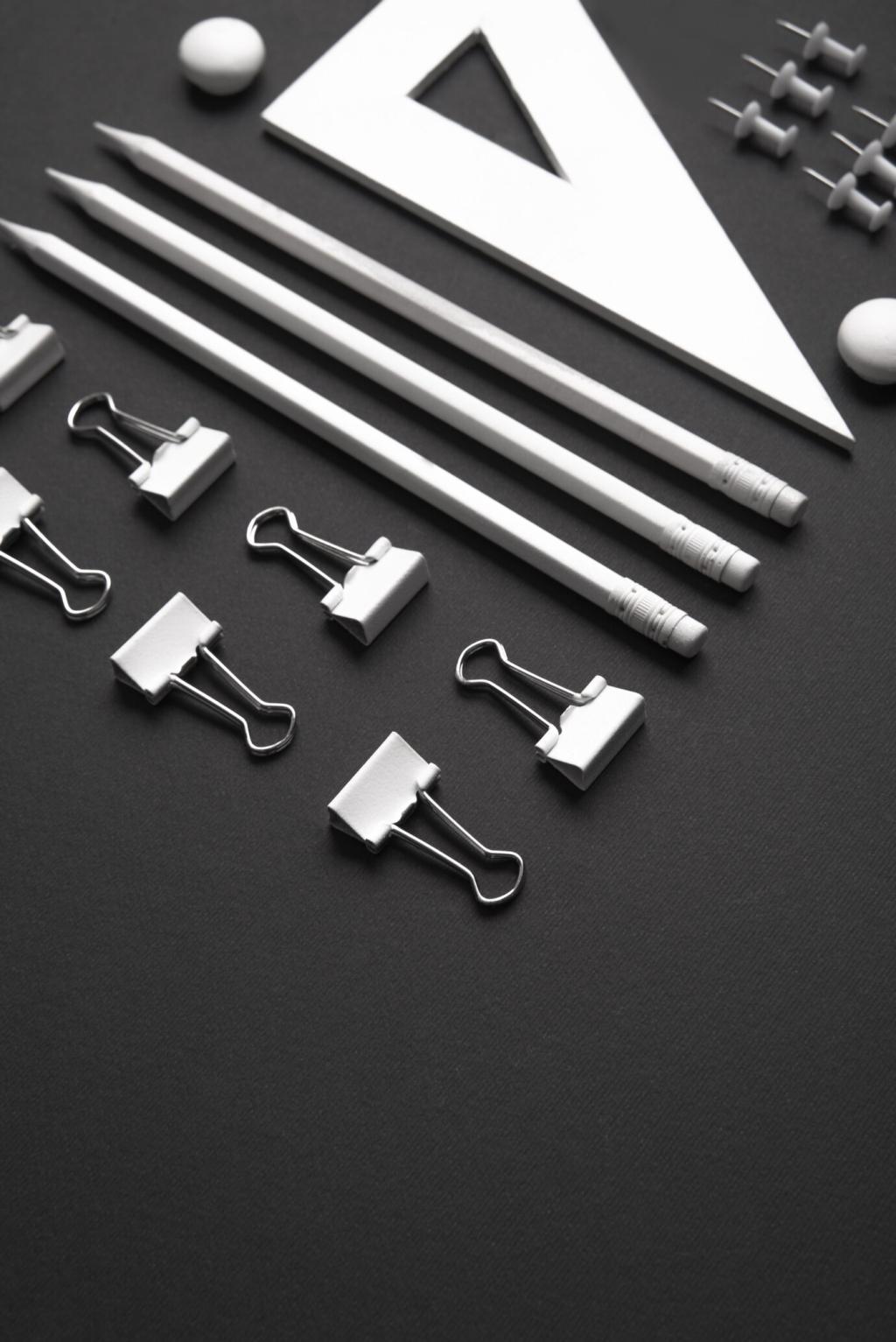Live with Less: Essential Furniture for a Minimalist Home
Chosen theme: Essential Furniture for a Minimalist Home. Step into a calm, intentional space where every piece earns its place. We’ll explore the few, foundational items that shape clarity, comfort, and daily ease—then help you decide what truly matters in your rooms. Share your biggest minimalist challenge at home so we can tackle it together.
The Honest Sofa
A minimalist sofa has clean lines, supportive cushions, and fabric that endures. Skip bulky arms and fussy tufting. You’ll gain visual lightness, easier cleaning, and the quiet confidence of a piece that gracefully adapts as your life evolves.
A Bed That Honors Rest
Choose a sturdy platform bed with a breathable mattress and streamlined frame. Underbed drawers or lift-up storage can replace extra dressers. Prioritize sleep quality, aligned posture, and a clutter-free bedroom that invites nightly renewal and unhurried mornings.
A Dining Table with Purpose
Select a well-proportioned table in solid wood or durable veneer, sized to your real life, not your fantasy dinner parties. Rounded corners soften small rooms, while a simple base improves legroom and keeps the space visually unbroken and peacefully grounded.
Storage That Quietly Disappears
Wall-to-wall storage with slab fronts and integrated pulls erases visual noise. Matching the finish to your walls helps cabinets visually recede. Inside, use dividers and labeled bins so everything has a precise home you can reliably return items to.
Storage That Quietly Disappears
Open shelves display a curated few; closed cabinets handle reality. Keep only meaningful pieces visible, like favorite mugs or books, and hide the rest. This balance lets your room feel intentional while everyday necessities still stay close at hand.
Do More with Less: Multifunctional Pieces
An extendable dining table supports everyday meals and grows for guests. Closed, it preserves floor space; open, it hosts community. Paired with stackable chairs, you’ll scale your dining zone gracefully without committing to a permanently larger footprint.


Do More with Less: Multifunctional Pieces
A streamlined daybed becomes a lounge, guest bed, or reading nook on demand. Choose a firm seat cushion, supportive slats, and a simple silhouette. You’ll welcome overnight visitors without dedicating an entire room that sits empty most of the year.
Materials, Palette, and Tactility
Oak, ash, and walnut wear well and age beautifully. Visible grain adds quiet character without busy ornamentation. Protect surfaces with breathable finishes, and allow patina to tell a story of use, care, and long-term commitment to fewer, better pieces.

Layout, Flow, and Negative Space
Plan the Path
Map natural routes between doors, windows, and key functions. Keep at least ninety centimeters clear for comfortable movement. Place essentials to support that flow, not fight it, and you’ll feel daily stress drop whenever you simply walk through your home.
Float and Wall-Mount Strategically
Floating a sofa a few centimeters from the wall improves airiness. Wall-mount media consoles and shelves to reveal more floor, reinforcing calm. Every raised edge creates a shadow line that visually lightens your essentials without sacrificing strength or day-to-day practicality.
Rugs as Quiet Boundaries
A single, appropriately sized rug defines a zone and anchors furniture. Avoid many small rugs that chop space. Natural fiber or low-pile options keep lines crisp, while subtle patterns add depth without shouting over your essential pieces or their clean silhouettes.
Lighting as Quiet Furniture
A slender arc or tripod lamp becomes functional sculpture beside your essential sofa. Choose matte finishes and focused shades. Layer with warm bulbs to soften evenings, and use foot switches or smart controls to keep routines effortless and reliably tranquil.
Hang a single, calm pendant centered over your dining table to mark the heart of home. Diffused light flatters faces and food. Keep cords tidy, heights proportional, and dimmers installed so dinner can shift easily from bright to intimate conversation.
Under-cabinet lights, clamp lamps, and slim desk fixtures provide targeted brightness without visual bulk. Hide wires, match finishes, and choose adjustable heads. When task lights vanish into the background, your essential furniture remains the star of a quietly productive home.


Sustainability Inside Minimalism
Hunt for solid wood frames, reupholster worthy finds, and refinish surfaces. Vintage pieces often outlast newer fast furniture. You’ll save resources, gain character, and keep your minimalist home grounded in stories rather than short-lived trends or disposable compromises.
Sustainability Inside Minimalism
Choose replaceable cushion cores, readily available hardware, and finishes you can touch up at home. Maintenance should be simple and scheduled. The goal: furniture that grows with you, not stuff that ages out and demands replacement before its prime.
A Real-Life Story and Your Next Step
Maya started with three sofas, mismatched bookshelves, and no dining surface. She sold duplicates, kept the sturdiest sofa, added a compact extendable table, and installed closed storage. Overnight, her studio felt larger, lighter, and genuinely easy to maintain.
A Real-Life Story and Your Next Step
She listed daily activities first: sleep, work, eat, stretch. Then she matched each to one essential piece—a supportive bed, a tidy desk, a flexible dining table. Every other item had to prove usefulness or leave, freeing space for living well.

Join our mailing list
